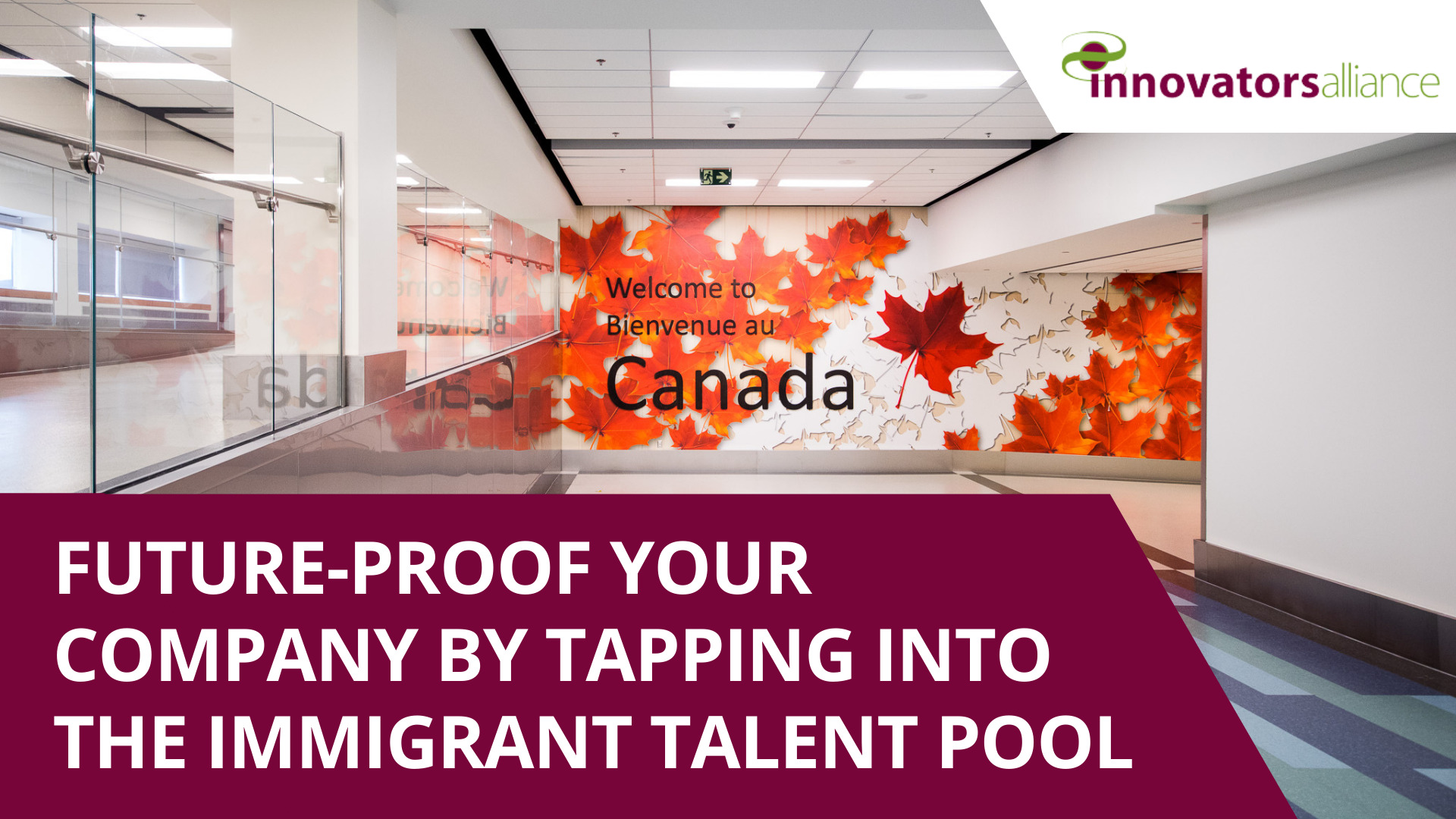
Canada is experiencing a drastic shortage of workers. According to Statistics Canada, as of February 2022, over 826,000 jobs were unfilled.
This article looks at reasons behind the current labour shortage, challenges for jobseekers and employers, and leads for employers to tap into a valuable pool of talented job seekers in Canada.
What’s behind the current shortage of workers?
Several factors have combined to create the labour crisis. Baby Boomers across North America have made it into their 60s and 70s and many have decided that it’s time to retire. While the “Great Resignation” trend has not been seen as much in Canada as in the USA, it may still be looming as 5 million workers remain eligible to retire in the next five years.
The labour shortage trend in Canada is being dubbed more of a “Great Prioritization”, according to Ontario’s Human Resources Professionals Association.
The pandemic lockdowns took a toll on workers. Workplaces closed and laid off workers or sent them home to work remotely. Some workers—especially in the service sector—had time to reflect and realized they wanted a change (higher pay, more job security and benefits, and greater flexibility and work-life balance).
Many Canadian-born workers under 45 are well educated, creative quick thinkers, technologically literate problem-solvers who are selective about the kind of work that suits them. Twenty-two percent of the workforce have a Bachelors degree but only 15% of jobs require a degree. Lower skill jobs may not be sufficiently stimulating (or provide adequate remuneration) for university-educated workers.
Focusing more on their well-being, health, family, and interests, these workers reflected on who they would work for, how, and why. They will examine a company’s employee value proposition before applying for a job.
The pandemic also saw companies move online, opening up positions in the information technology sector. Some unemployed workers upskilled and found work more aligned with their values, interests and needs. Others set up their own businesses.
The Opportunity for Employers
Did you know that immigrants and newcomers currently make up one-quarter of Canada’s labour force?
Many are fluent in English or French (and other languages). They’re resourceful, well educated, and have strong technical skills. Governments and businesses (e.g. Home Depot and Starbucks) are tapping into this labour pool. Are you?
Challenges to Overcome
Mohamad Fakih, CEO of Paramount Fine Foods and one of Canada’s great entrepreneurs, has hired hundreds of refugees. According to him, “One of the largest barriers that new Canadians face is getting ready for the job market and finding an employer who’s willing to give them a chance.”
Accessing work in Canada is complicated but the federal government is making it easier by developing new measures to address the labour shortage, setting up a “Welcoming Economy for Refugees” website with valuable resources for employers, and creating the Canada-Ukraine Authorization for Emergency Travel.
Foreign jobseekers need to pass language tests, get a work permit and a social insurance number, prepare a resume in English or French, and—in some fields—provide proof that they passed certification exams.
To accelerate the hiring process, immigration applicants can attend job search workshops before they arrive. However, this pre-arrival preparation does not apply to refugees, so employers may need to reach out to them rather than expecting them to apply through established channels.
Newcomers also need housing; a health card; information about resources in the community; skills training; safety training; and supports for family members (schools, daycare, language training, and counselling).
Many also need a consistent work schedule to balance work and family responsibilities.
Certainly challenges exist, but they can be overcome. Fortunately, there are services available to help you navigate your way through.
Build Connections to Find Immigrant/Newcomer Jobseekers
Provincial and territorial governments are responsible for employment services and job skills training. Employers should familiarize themselves with the service providers and training subsidies available in their province.
In Ontario, for example, Employment Ontario has a ‘Support for Employers’ tab on their website that can help employers connect with local Employment and Training Service (ETS) providers.
Settlement organizations and immigrant associations across Canada also help newcomers navigate the challenges in getting hired. A few of the organizations and resources are:
- Settlement.org – “Information newcomers can trust”
- Hireimmigrants.ca – See their publication Investing in Refugee Talent
- Skills for Change — an ETS provider with learning and training opportunities for new immigrants
- Immipreneur — training in business English for immigrants in Canada
- Talent Hubs for refugees and employers:
- Jumpstart Refugee Talent – seeks meaningful economic inclusion for refugees
- JVS Toronto – provides additional links to settlement resources for refugees
- Acces Employment – has a job board and information about Diversity in Canadian workplaces
What’s the Process?
Once you have defined the skills, competencies and credentials required for the job(s) you want to fill, let the providers know what jobs you have available so they can link you up with suitable candidates.
The providers facilitate job search training, help newcomers and immigrants prepare a resume, assist with getting credentials recognized, and connect with employers. They can set up job placements (sometimes with subsidized training) and mentorships.
ETS providers can also help immigrants complete company onboarding documents and possibly line up a translator/interpreter to attend initial job training with the employee.
“Mentorship, support and compassion are important to new refugees as they move across the world,” Fakih stated. “For Canada, refugees are a gift, crucial for the growth of our country…. I know that when I hire a recent refugee, their new ideas and energy make them an instant asset for the business.”
Newcomers may have an urgent need to find a job when they first arrive, but they too desire work aligned with their training, work experience, interests and needs. They expect equitable pay, a respectful workplace, work that allows them quality of life, and opportunity to advance.
Daniel Bernhard, CEO of the Institute for Canadian Citizenship says that when “employers … get better at recognizing the skills newcomers have to offer, they [will have a] competitive advantage in the marketplace.”
Embrace the opportunity and tap into the immigrant talent pool!
If you would like to network with other innovators, please contact Innovators Alliance. Our peer-based membership connects you with other business leaders, bringing together innovators across the country to gain insight into our ever-changing climate.
- Global Forecaster Wants You to Succeed - February 22, 2023
- Are You Prepared for “the Riskiest Year” in Business? - January 19, 2023
- A Precious Gift to Yourself this Month - December 6, 2022

